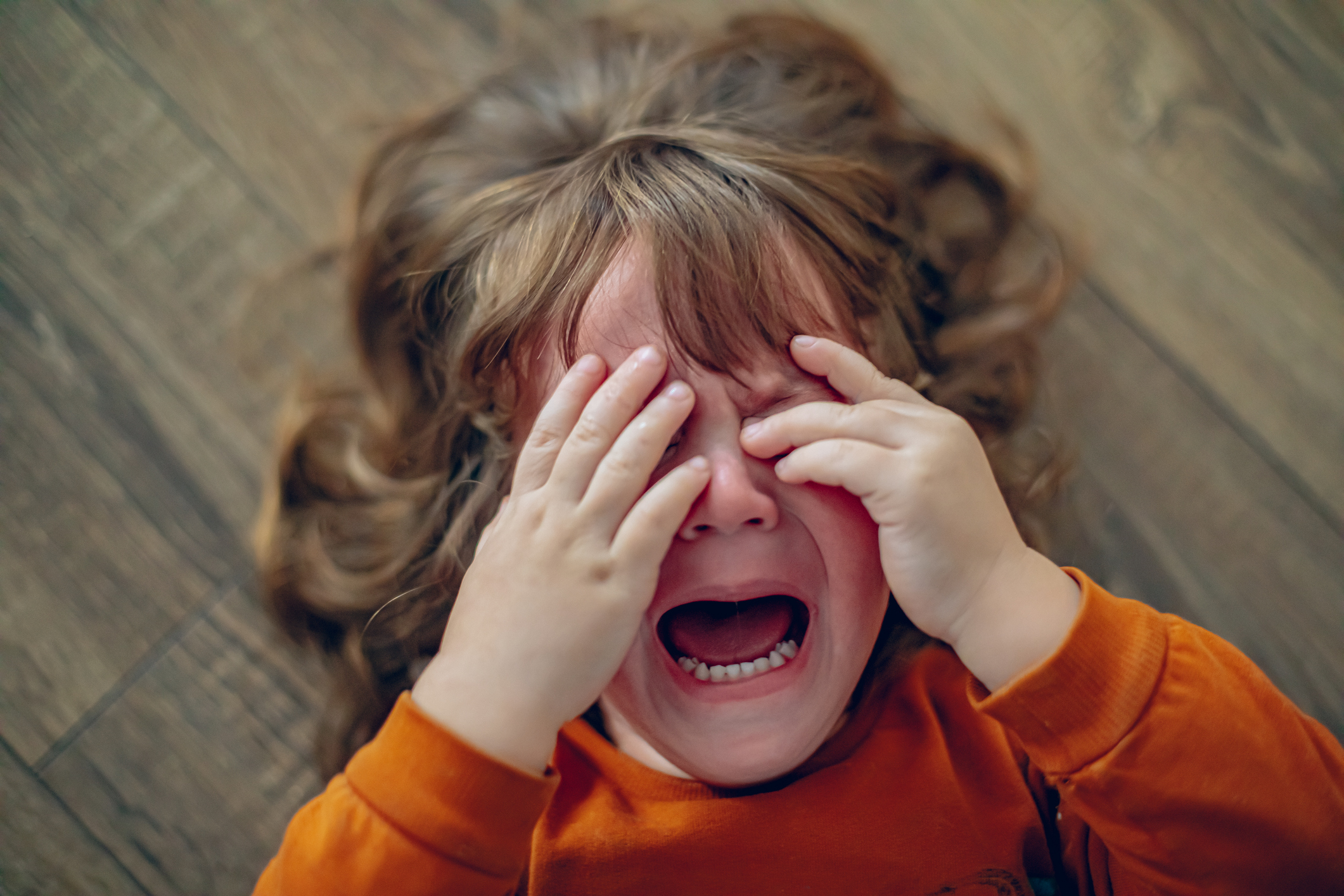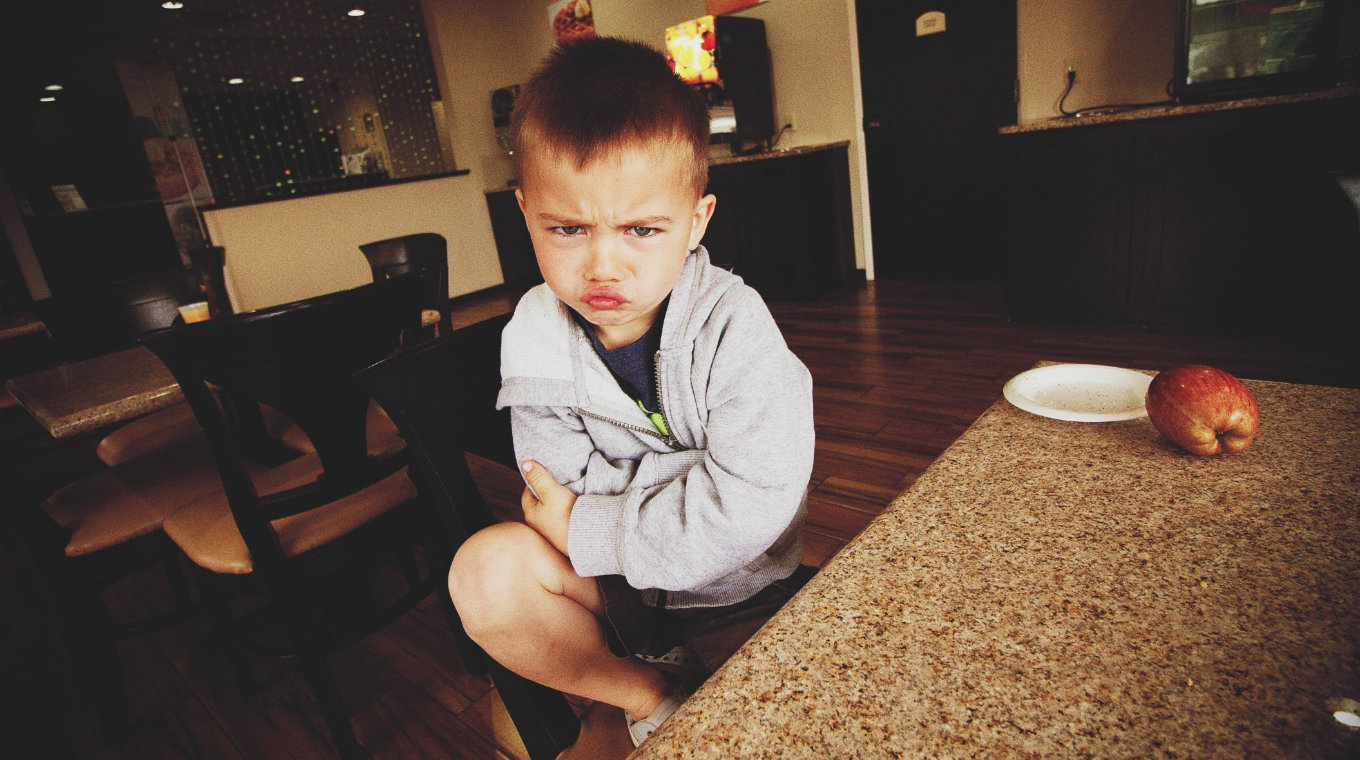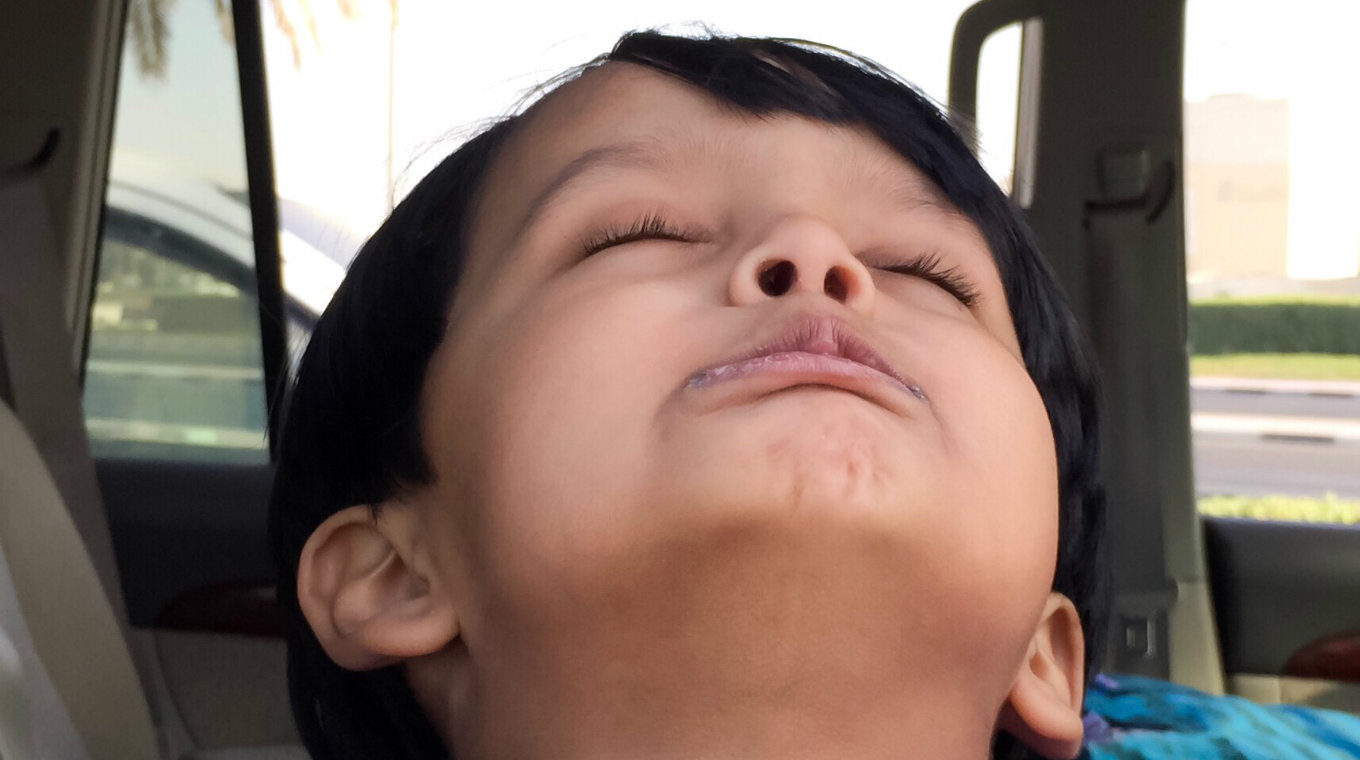
There are few parenting experiences as universal as the dreaded toddler tantrum. But have you ever thought to define the type of tantrum your toddler is having?
Defining the type of tantrum you’re dealing with might help you better manage it.
Tantrums can take many forms, including crying, yelling, pouting, flopping on the floor, and even hitting or biting. However, taking a closer look at why they are happening and what form they are taking can help parents get through them.
Here’s how to define tantrums and approach them by type.
Why do toddlers have tantrums?

Toddlers have tantrums because they have big feelings but often don’t have the language or developmental skills needed to express those feelings. Just like the rest of adults, things like hunger or fatigue can make those big feelings even harder to deal with, leading to an overflow of emotions.
According to Merriam Saunders, a licensed marriage and family therapist, it is important to remember that toddlers are not yet capable of expressing their wants, needs, and emotions in a functional way. She points to the fact that parents should see tantrums as an expression of an unmet need.
“It is the parent’s job to put on a detective cap and determine what the function of the tantrum is,” she explains. “Is my child’s tantrum a physical response to hunger, fatigue, or overstimulation? Is it a manifestation of frustration for attention, to avoid a task, or because a preferred item was taken away?”
One thing that is key to remember — especially if your young toddler has a public tantrum — is that they aren’t trying to embarrass you and that they likely don’t have the emotional regulation needed to stop themselves from having a tantrum. So, don’t take it personally. Try to keep your cool when they can’t keep theirs.
How to define a tantrum

Twenty20
There is a wide range of ways and reasons a child might have a tantrum. Some of the most common reasons behind a toddler tantrum include anger, frustration, fatigue, and even anxiety.
Christina Furnival, a licensed professional clinical counselor, explains that there is a wide range of tantrums, which can make it hard to define a tantrum. Still, narrowing down the type of tantrum might help a parent better get to the bottom of the real need driving the tantrum in order to solve it. Additionally, children have different personalities that will impact the tantrums too.
“One child’s tantrum may look like another child’s pouting,” she notes. “Another child’s tantrum may look like they are trying to flee a natural disaster. Every child has their own temperament, and within that, they have their own types of tantrums.”
Here’s how she breaks down different types of tantrums:
The I’m-not-getting-what-I-want tantrum
Most parents recognize this one — a tantrum over not getting what they want, whether that’s a toy, more screen time, or a special snack — is triggered by an overwhelming desire the toddler has for something specific. To help manage this type of tantrum, acknowledge the need, then offer choices for something they can have.
The takeaway tantrum
In this type of tantrum, the toddler is upset because something was taken away. Similar to the first type of tantrum, you can acknowledge how the toddler is feeling and offer a different choice to replace the item they are upset about having removed.
The I-don’t-want-to-do-that tantrum
This one may be tough to manage, but keeping your voice light and cheery and making the task seem fun, like adding the clean-up song to cleaning up toys or creating a game out of the errand, might help.
The senseless tantrum
There are also tantrums where the parent has no idea what triggered it. These can also look like the “help me help you” tantrums where the child is so caught up in their own tornado that they are in essence communicating nothing, yet the parent is actively trying to figure out what is wrong with zero information, adds Furnival.
“Sometimes you may have no idea what caused the tantrum until it is over — which is why you’ll want to try to help your child through the tantrum if you can,” she notes.
What to do when a toddler has a tantrum

Twenty20
The first thing to do when your child is having a tantrum is to make sure they are physically safe. Some kids might try to run away, or flop to the floor to kick and scream. Making sure they can’t hurt themselves or someone else is key.
Your goal is to help your child calm down while realizing that they probably can’t be reasoned with while they are dealing with their big feelings. Some parents find that ignoring a tantrum can be helpful, while other parents may want to try to help their child by suggesting some deep breathing or using distraction to break the tantrum cycle.
What you don’t want to do during a tantrum is to invalidate your child’s feelings — they might not be reasonable to an adult, but their feelings are very real to them.
You’ll also want to avoid taking the tantrum personally and responding with your own anger. Someone has to keep their cool in the moment, and it isn’t going to be your toddler!
How to prevent tantrums
There is no way to prevent all toddler tantrums. But you might be able to keep them to a minimum by helping your child feel more in control of their world. This can take the form of following a consistent daily routine or giving them choices for things like clothing or snacks when you can. You can also try to avoid triggers like missed naps, hungry kids, or overstimulation.
The most important thing to remember is that all tantrums eventually end, and your toddler should be back to their normal self sooner than you think. In the meantime, define the tantrum to help you understand it and keep your calm through the tantrum to show your toddler they are safe and loved.




